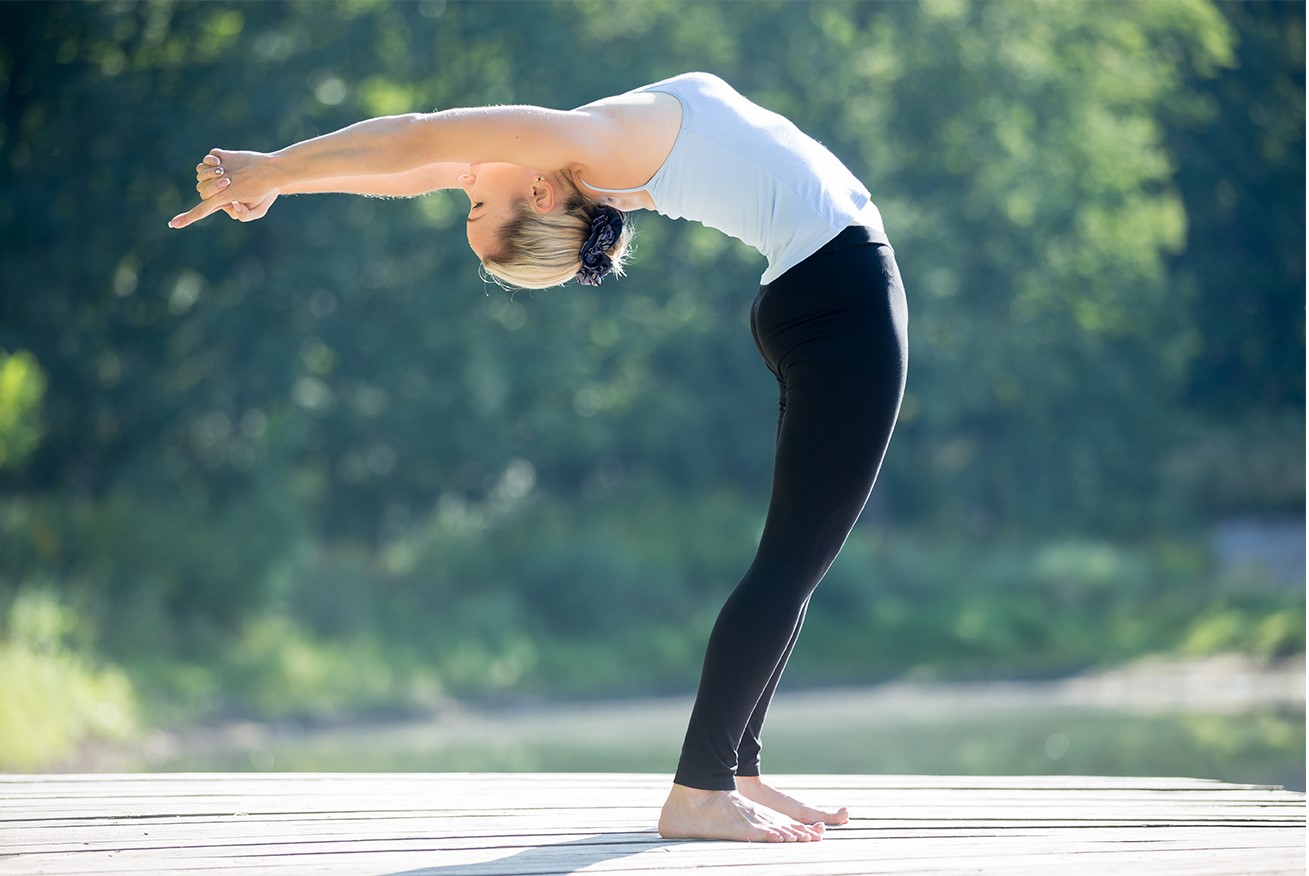Tensegrity, a term coined by architect and inventor Buckminster Fuller, is a blend of the words “tension” and “integrity.” It describes the balance of forces in structures that maintain their shape and stability through a continuous network of tensioned elements. This concept, applied to the human body, has become increasingly popular in the world of yoga. Tensegrity, when combined with yoga, allows practitioners to explore balance, alignment, and stability in their asanas (yoga postures), enhancing their practice and overall physical well-being.
The Science Behind Tensegrity:
The human body is a complex structure of interconnected bones, muscles, and fascia (connective tissue). This intricate network creates a delicate balance between tension and compression, which is essential for maintaining proper alignment and stability. Yoga, with its focus on alignment, breath, and movement, can help practitioners tap into the body’s tensegrity system, allowing them to move more efficiently and with greater ease.
Tensegrity in Yoga:
Yoga practitioners can benefit from understanding tensegrity and incorporating it into their practice. By focusing on maintaining proper alignment and tension in the body during various yoga postures, practitioners can improve balance, stability, and flexibility. Additionally, exploring tensegrity in yoga can help prevent injuries, promote better body awareness, and enhance overall well-being.


